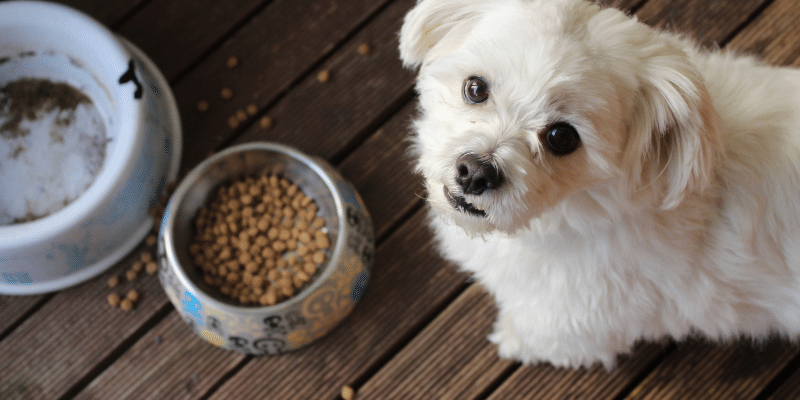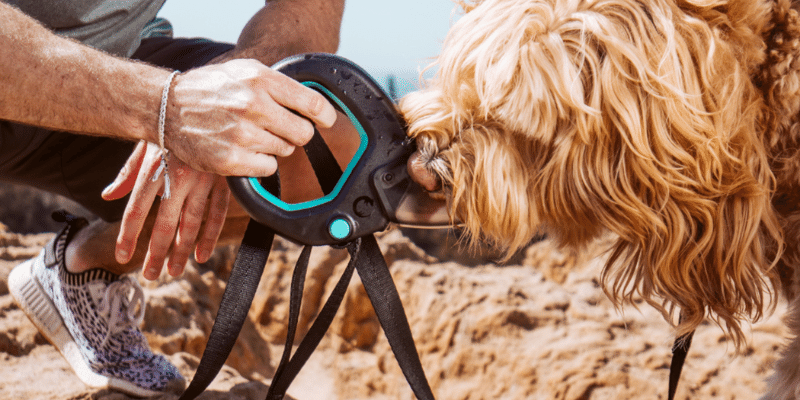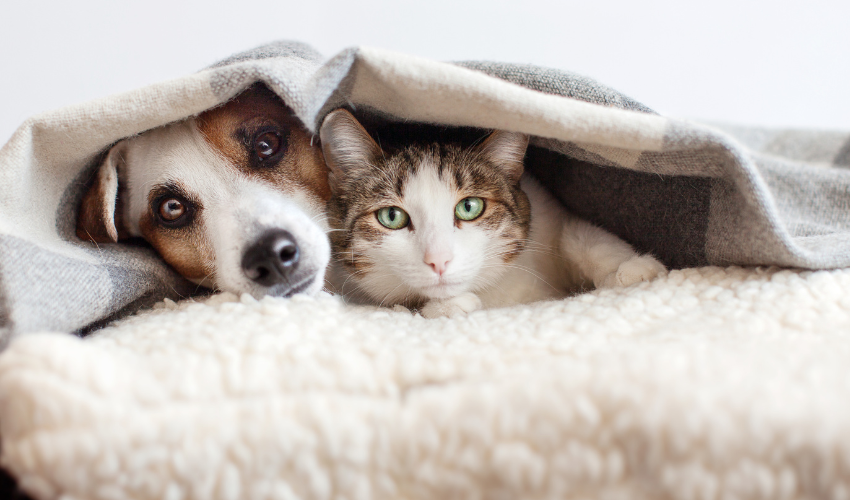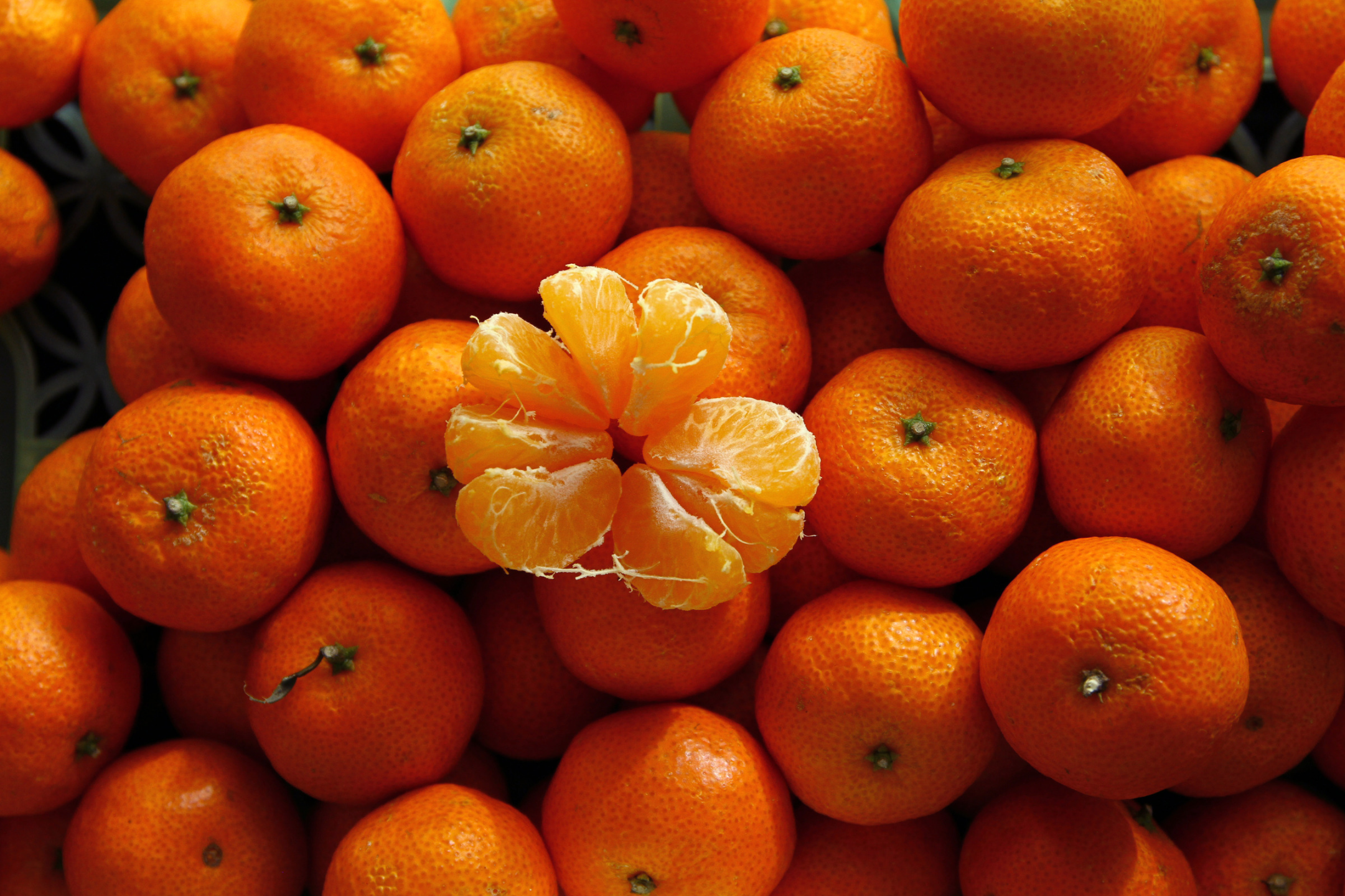Looking for sustainable dog food and treats?
What better way to find pet foods that are to your Fido’s liking than to shop online at Jiminy’s?
Founded by Anne Carlson, Jiminy’s is an industry-leading producer of new, sustainable dog treats that replace animal protein with cricket protein. As a matter of fact, in the words of the founder-cum-CEO, the brand has the potential to be exponentially more eco-friendly compared to traditional, protein-sourced pet food.
Anne added,
“We make sustainable dog food. What makes us sustainable? Well, we substitute the traditional animal protein – so I think cow or chicken – with insect protein. It is nutritious, sustainable, humane and hypoallergenic. It’s pretty fabulous. It has it all.”
How It All Began With Jiminy’s
According to Anne, the top reason why she came up with the idea for Jiminy’s brand was all because of climate change.
With years of experience working in the pet industry under her belt, Anne came to realize that the pet market was a really big one, with over 98 million dogs in the U.S. consuming billions of protein on an annual basis.
“With the traditional animal sources, it really is not sustainable. So, when the company I was working for got acquired…I started thinking about what I wanted to do next… And my daughter and I somehow got onto the topic of whether or not she would have kids. And she said, ‘I’m not sure. I don’t think I will, because I’m not sure what the world is going to be like when they grow up.’ And it hit me really hard, right. And I’m like, ‘Oh, my God. She’s talking about climate change.’”
This conversation would then motivate Anne to participate in activities that focus on fighting climate change.
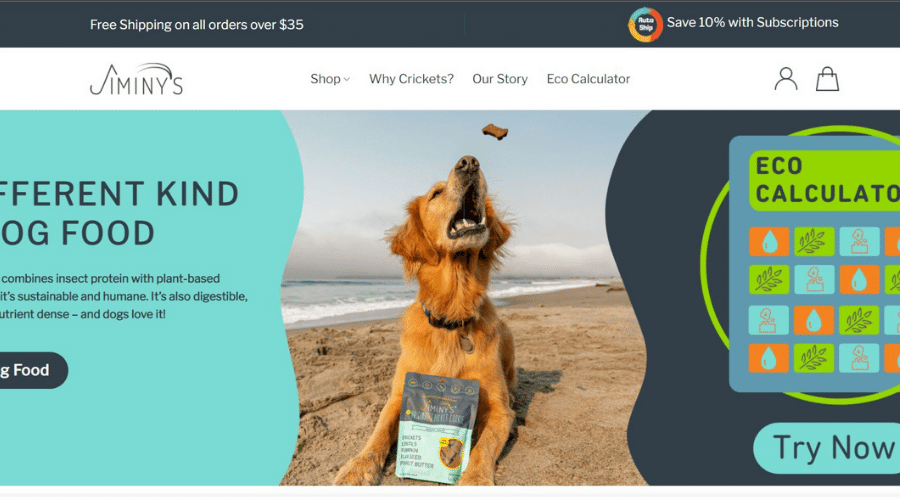
“I know the pet industry pretty well after having worked in it. So, I thought, ‘Well, this is a really good place to start – because with that much consumption going on, and if you think about dogs and cats, they get basically their food, like, 80% to 90% of what they get in a given day. And if you’re lucky, they get some treats, right? So, just by hitting treats, you’re hitting 10% to 20% of their eating occasions during a day. If you do food, you’ve got 80% to 90%. So, you can actually make a lot of impact really quickly,”
she explained.
According to Anne, what makes Jiminy’s a “fantastic sustainable and nutritious source of protein for the dogs” is the fact that its treats combine insect protein with plant-based ingredients.
It’s also prebiotic and easy to digest. Aside from that, it’s tasty and packed with nutrients, which makes dogs love it.
Sustainability With Jiminy’s
When asked what made Anne and her team use crickets for Jiminy’s ingredients, she shared that it was because of three reasons: less land, less water, and almost no greenhouse gases.
“And the feed conversion is better… A lot of it has to do with their quick life cycle. So, it’s a real short life cycle, just naturally. And then they don’t take up a lot of space, and they’re swarming species, so they like to live together. So, naturally and humanely, they live in close quarters. So, it really works out well.”
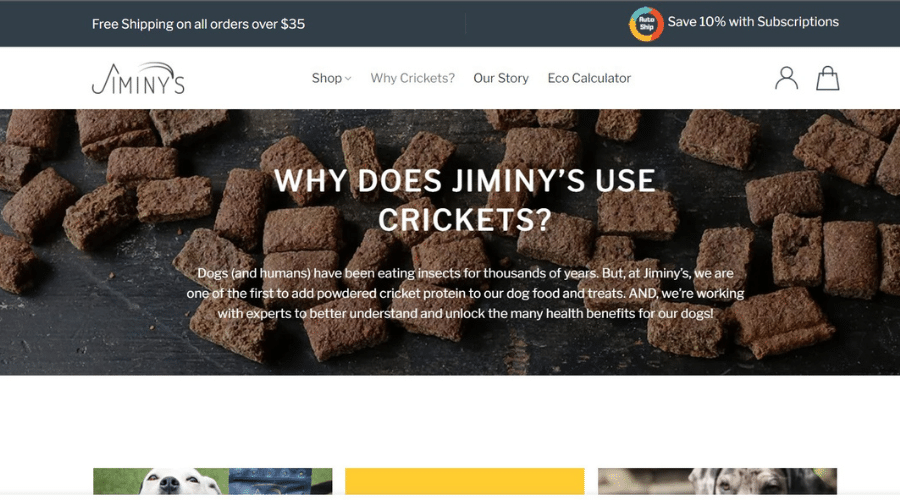

To give everyone more insights into the benefits of using crickets in developing the brand’s dog treats, Anne shared a lot of numbers for data. However, if you’re the type who wants to do more of the calculations, Jiminy’s website also comes with a cool eco-calculator.
“Well, it’s kind of a fun way to visualize this. If you go to the eco calculator… you put in the size of your dog, how much they eat per day, and what they were eating…. Then, it’s going to calculate out the savings for you, the land savings, the water savings, and the greenhouse gas savings. And then, it will put it in perspective… It made it less serious, but it helps you to just kind of think about it.”
Learn more about Jiminy’s!
Visit their website at https://jiminys.com/.

